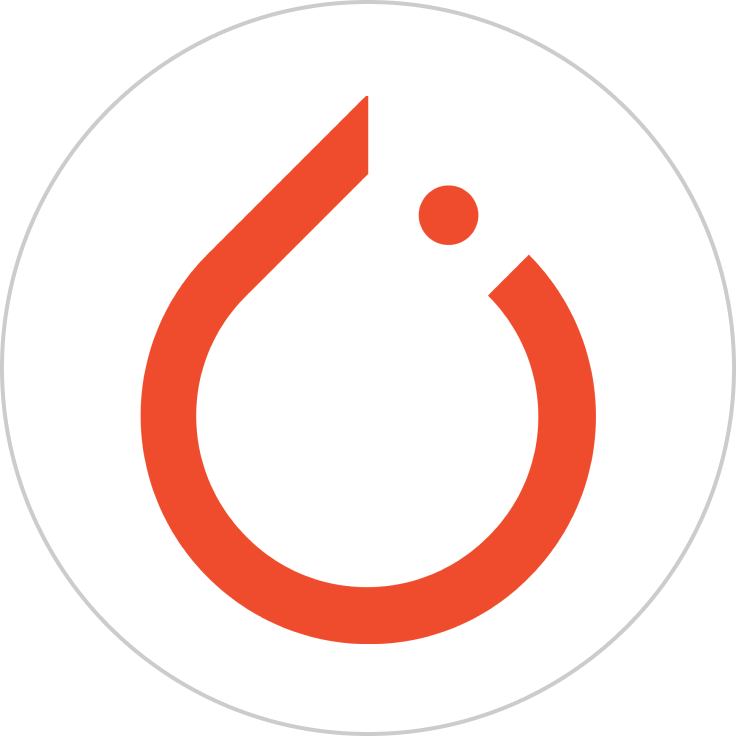Cloud Data Engineering & Analytics Program
The Cloud Data Engineering & Analytics program offered by DataWorks is an advanced course designed to equip professionals with the skills needed to harness the power of cloud technologies for data processing, engineering, and analytics. This comprehensive curriculum dives into cloud infrastructure and services, big data processing frameworks, data warehousing solutions, and modern data analytics tools. Participants will learn to build scalable data pipelines, perform data analysis and visualization in the cloud, and implement machine learning models to derive insights from big data. The course emphasizes practical experience through hands-on projects using major cloud platforms like AWS, Azure, and Google Cloud Platform, preparing students for real-world challenges in cloud data engineering and analytics.
4.6 (95 Ratings)
Upskill for your Dream Job
Course Info
Core principles of cloud computing and big data processing in a cloud environment.
How to design, implement, and manage scalable data pipelines in the cloud.
Techniques for data ingestion, storage, and processing using cloud services.
Use of cloud-based data warehousing solutions like Amazon Redshift, Google BigQuery, and Azure Synapse Analytics.
Data analysis and visualization using cloud tools and platforms.
Fundamentals of machine learning and its application in data analytics.
Best practices for data security, privacy, and compliance in the cloud.
Course Content
Introduction to Cloud Computing
Overview of Cloud Service Providers
Cloud Computing Benefits
Introduction to Azure, AWS & GCP
Cloud Adoption Framework
Understanding Data Engineering
Data Engineering vs. Data Science
Data Engineering Lifecycle
Key Tools & Technologies
Use Cases & Industry Trends
Introduction to Cloud Computing
Key Cloud Providers
Cloud Deployment Models
Cloud Service Models (IaaS, PaaS, SaaS)
Understanding Virtualization & Containers
Introduction to Database Management Systems
SQL vs NoSQL Databases
Relational Database Concepts
Schema Design & Normalization
ER Model & Data Modeling
Introduction to Python for Data Science
Data Structures & Functions
Pandas for Data Manipulation
Numpy for Numerical Computations
Data Visualization with Matplotlib & Seaborn
Introduction to Big Data
Hadoop Ecosystem Overview
Apache Spark Fundamentals
PySpark for Data Processing
DataFrames & RDDs in PySpark
Introduction to Azure SDK for Python
Azure Blob Storage & SDK
Azure Functions with Python
Automating Azure Services with Python
Azure Machine Learning SDK
Azure Blob Storage
Azure Data Lake Storage (ADLS)
Azure SQL Database
Cosmos DB for NoSQL
Best Practices for Data Storage in Azure
Introduction to Azure Data Factory
Creating Pipelines in Data Factory
Data Movement using ADF
Transforming Data using Data Flow
Monitoring & Managing ADF Pipelines
Introduction to Azure Databricks
Databricks Notebooks & Clusters
ETL Processing in Databricks
Delta Lake for Data Lakehouse
Machine Learning with Databricks
Introduction to Data Streaming
Azure Event Hub (AEH) for Real-time Data
Apache Kafka Fundamentals
Streaming Data Processing with Spark Streaming
Real-world Streaming Use Cases
Overview of Azure HDInsights
Apache Hadoop on Azure
Apache Hive & Spark with HDInsights
Introduction to Azure Synapse Analytics
Serverless & Dedicated Pools in Synapse
ML Model Deployment Strategies
Azure ML Pipelines
Model Monitoring & Retraining
CI/CD for ML Pipelines
Real-world MLOps Use Cases
Introduction to DevOps for Data Engineering
CI/CD Pipelines with Azure DevOps
Workflow Orchestration with Apache Airflow
Automating ETL Pipelines
Monitoring & Logging Strategies
Introduction to Power BI
Connecting to Data Sources
Data Modeling in Power BI
Creating Reports & Dashboards
Advanced Visualizations & DAX Functions
-
LevelIntermediate
-
Total Enrolled1
-
Last UpdatedFebruary 26, 2025

Hiring Partners





A strong foundation in programming, preferably in Python or Java.
Basic understanding of SQL and experience with databases.
Familiarity with fundamental concepts of data structures and algorithms.
Prior exposure to basic cloud computing concepts is helpful but not required.
FAQ's
The course is structured around weekly modules, each focusing on different aspects of cloud data engineering and analytics. It combines video lectures, reading assignments, hands-on labs, and project work.
The course covers major cloud platforms such as AWS, Google Cloud Platform, and Microsoft Azure, providing a well-rounded understanding of available tools and services.
Most cloud providers offer a free tier, which will be sufficient for the course projects. However, some projects may require resources that exceed the free tier limits.
Graduates of this program will be well-equipped to pursue careers as cloud data engineers, data analysts, cloud solutions architects, and other roles focused on cloud-based data processing and analytics.
Yes, DataWorks provides a certificate of completion for the Cloud Data Engineering & Analytics program, recognizing your expertise in this highly sought-after field.
Earning Potential
6 LPA
min
12 LPA
avg
20 LPA
max
Cloud Data Engineering & Analytics Program Tools Covered

AWS S3

PyTorch

Google Cloud Dataflow

Snowflake

TensorFlow

Apache Kafka
Let’s explore further the implications of transitioning to online training
Course Certificate
The Cyber Security Practitioner Programming Course Certificate focuses on enhancing coding skills for securing applications and systems. The curriculum covers topics like secure coding practices, ethical hacking, and defensive programming. It’s ideal for developers and security professionals aiming to bolster their cybersecurity expertise.

Course Reviews

Akira.G

Ayaan.P

Charvi.K

